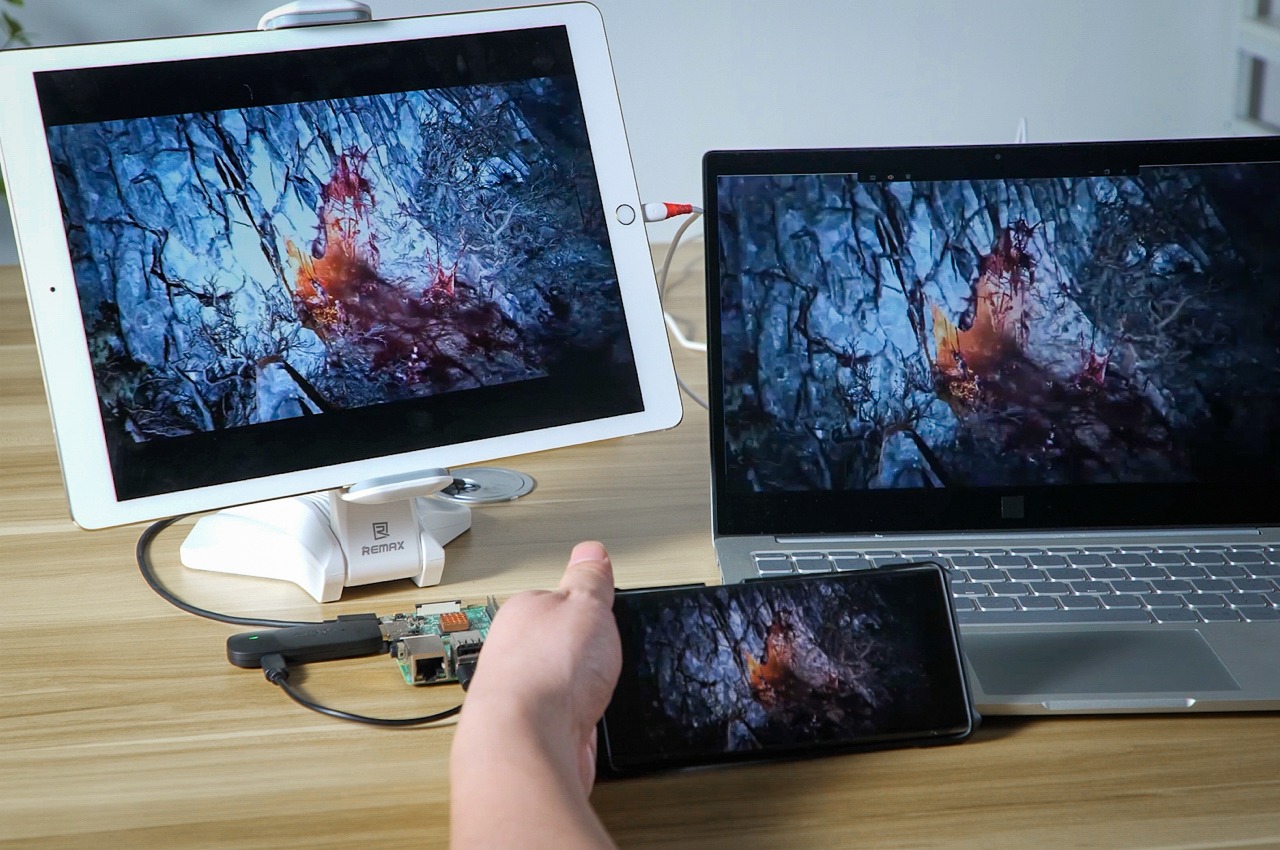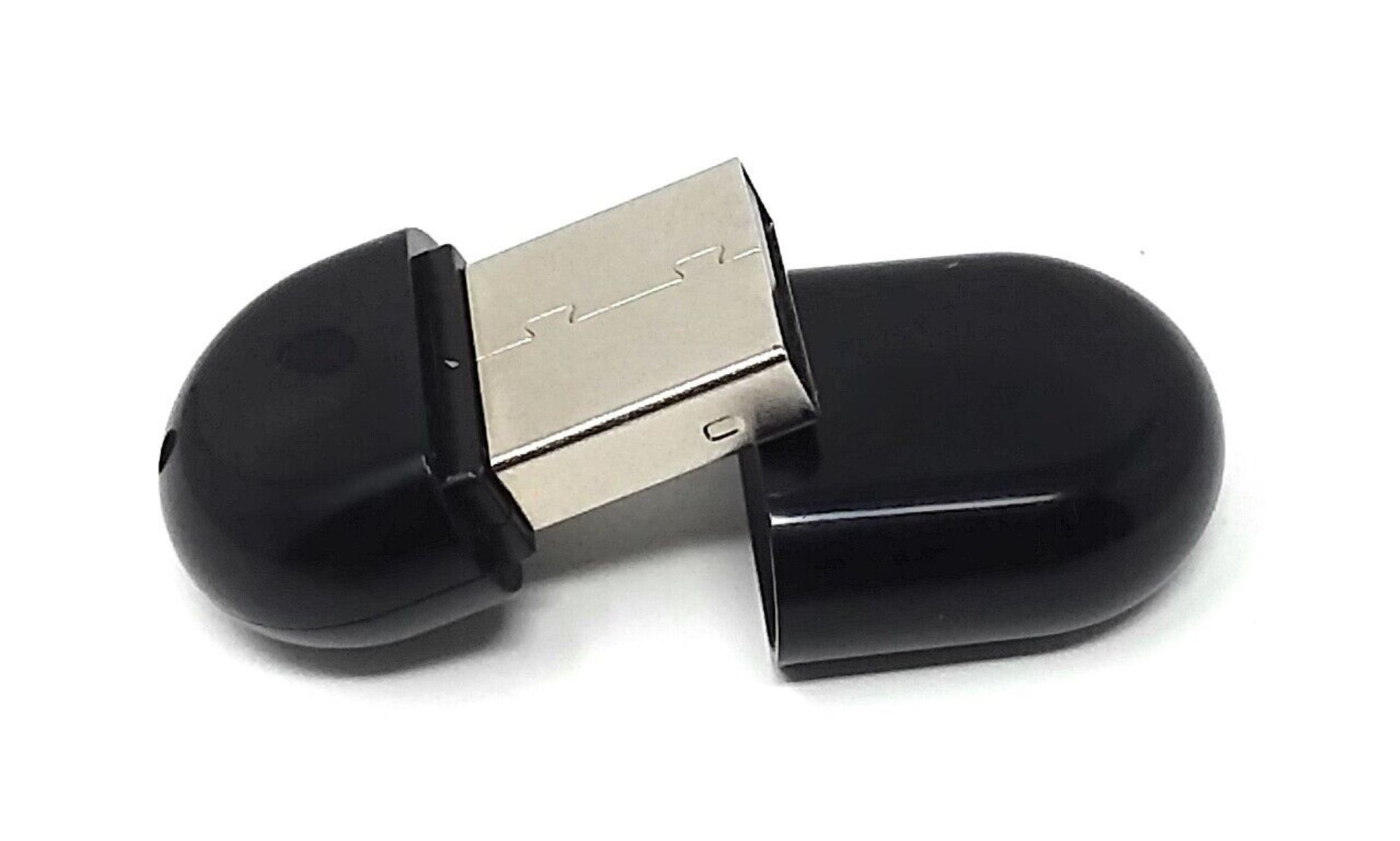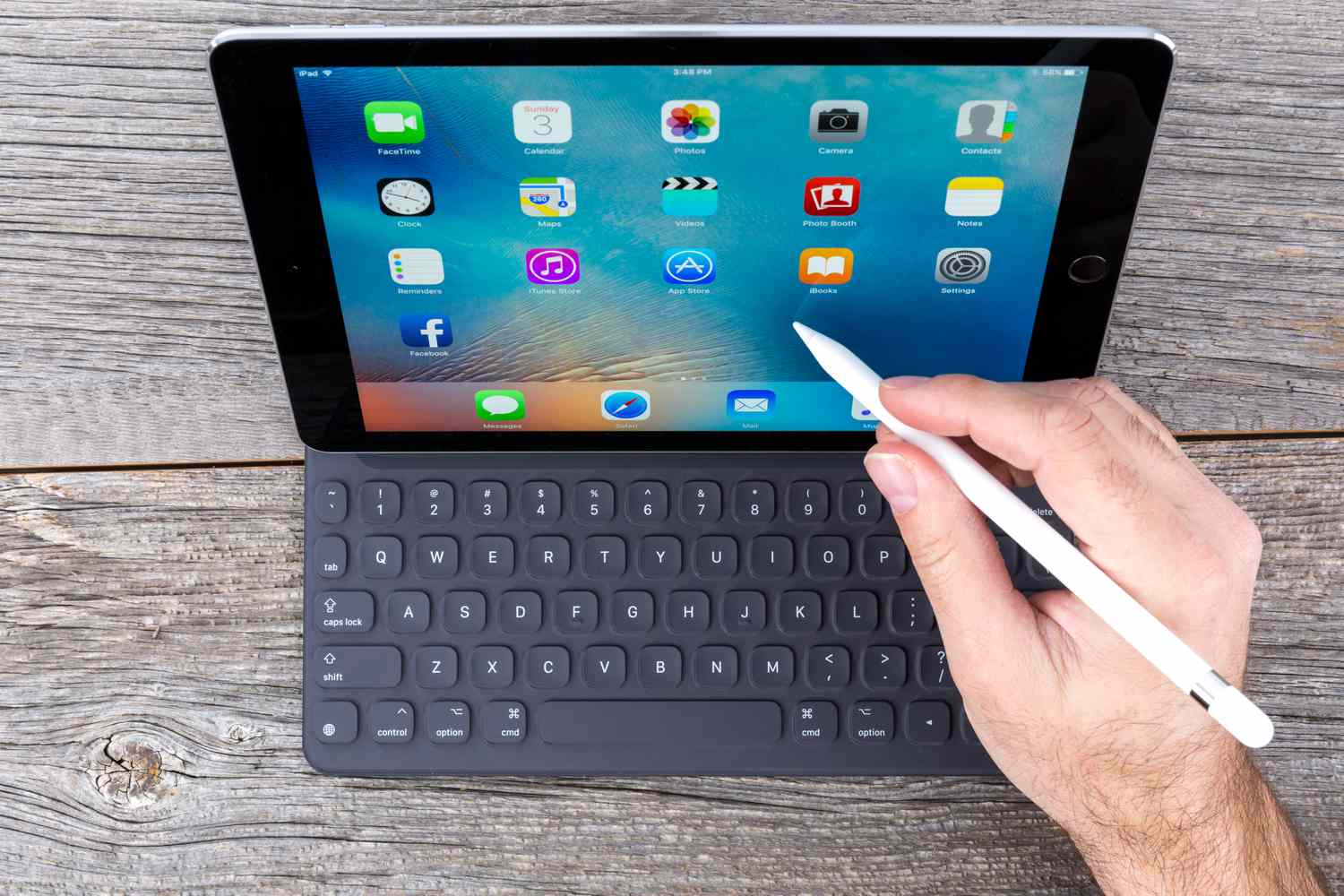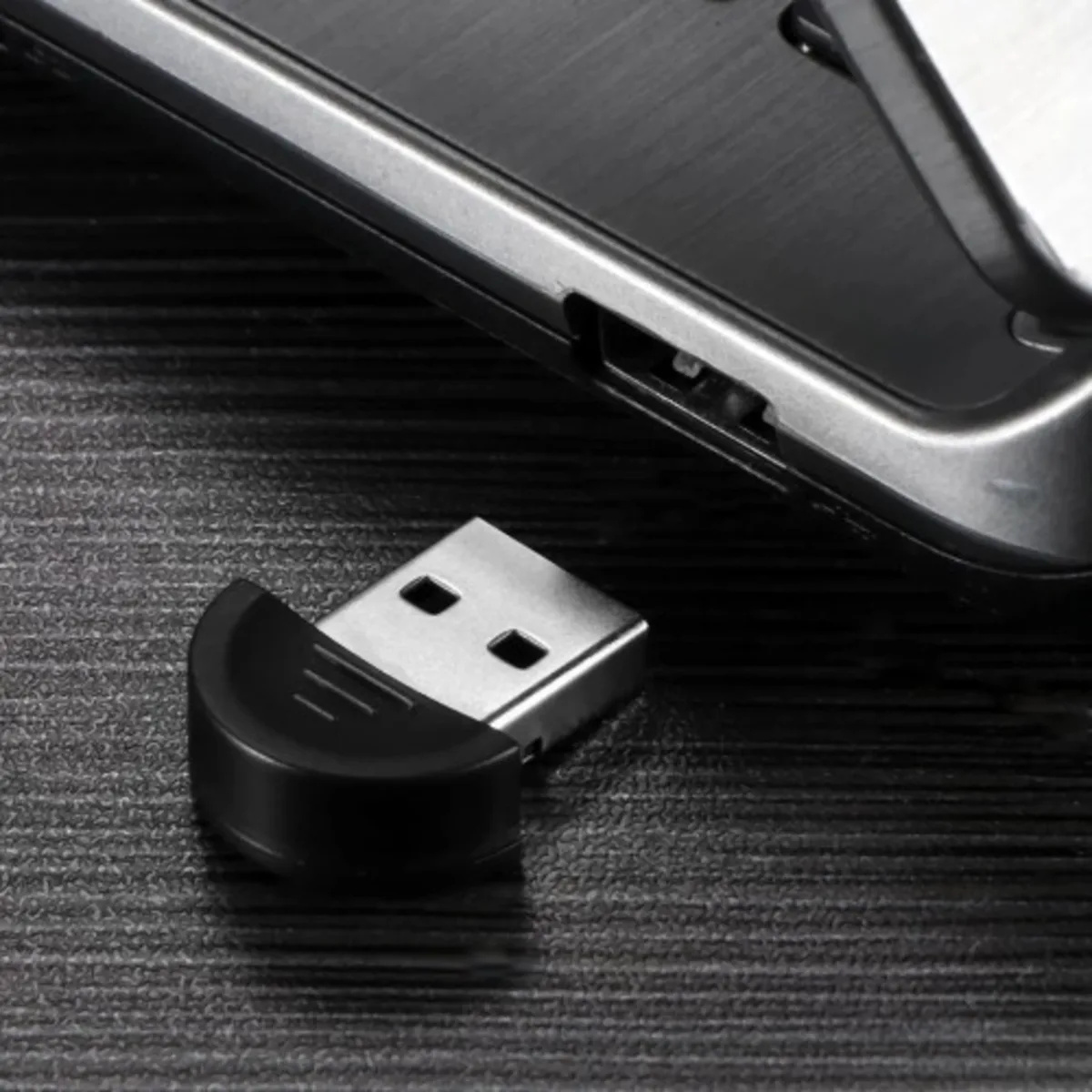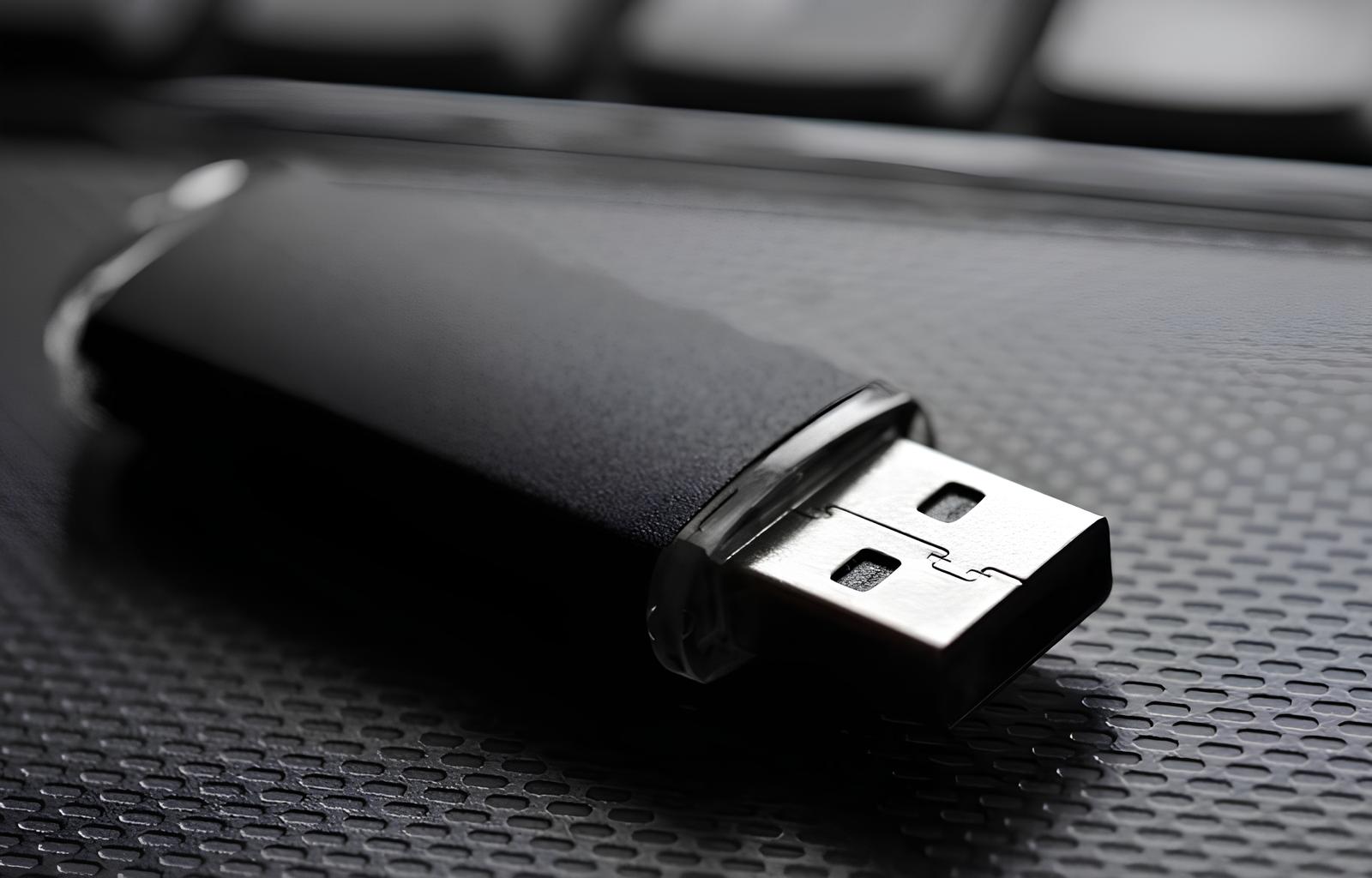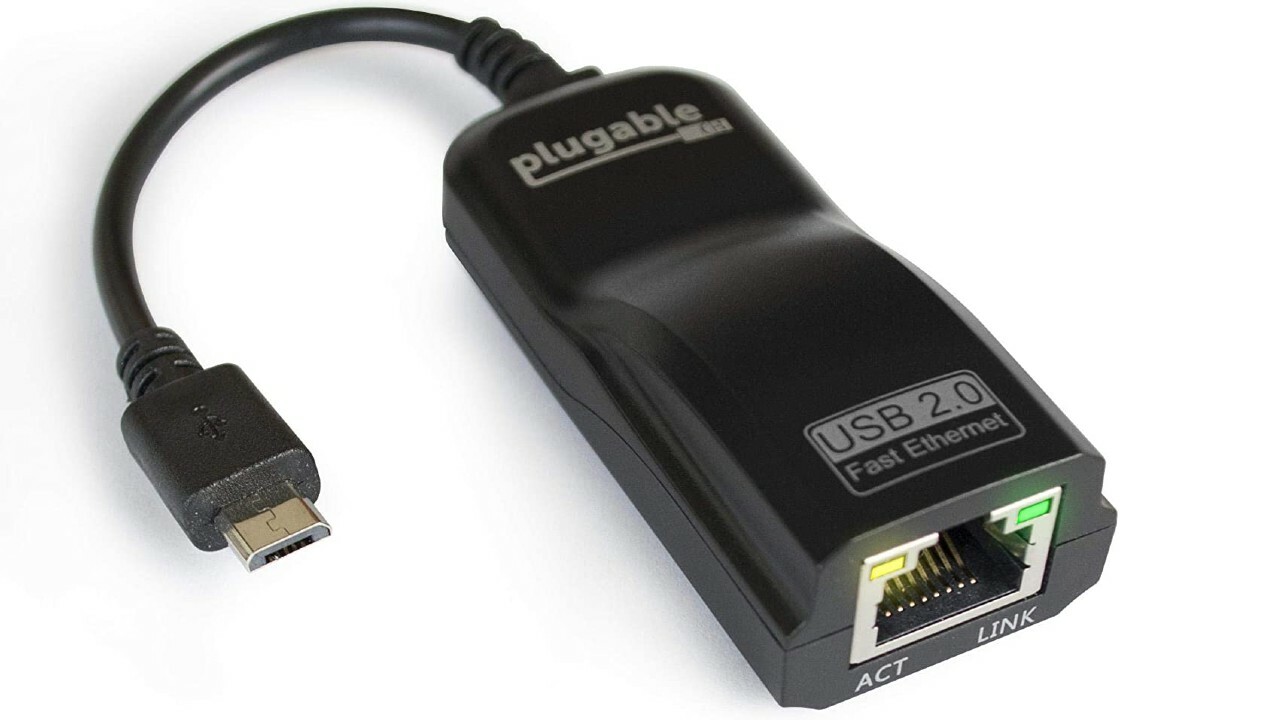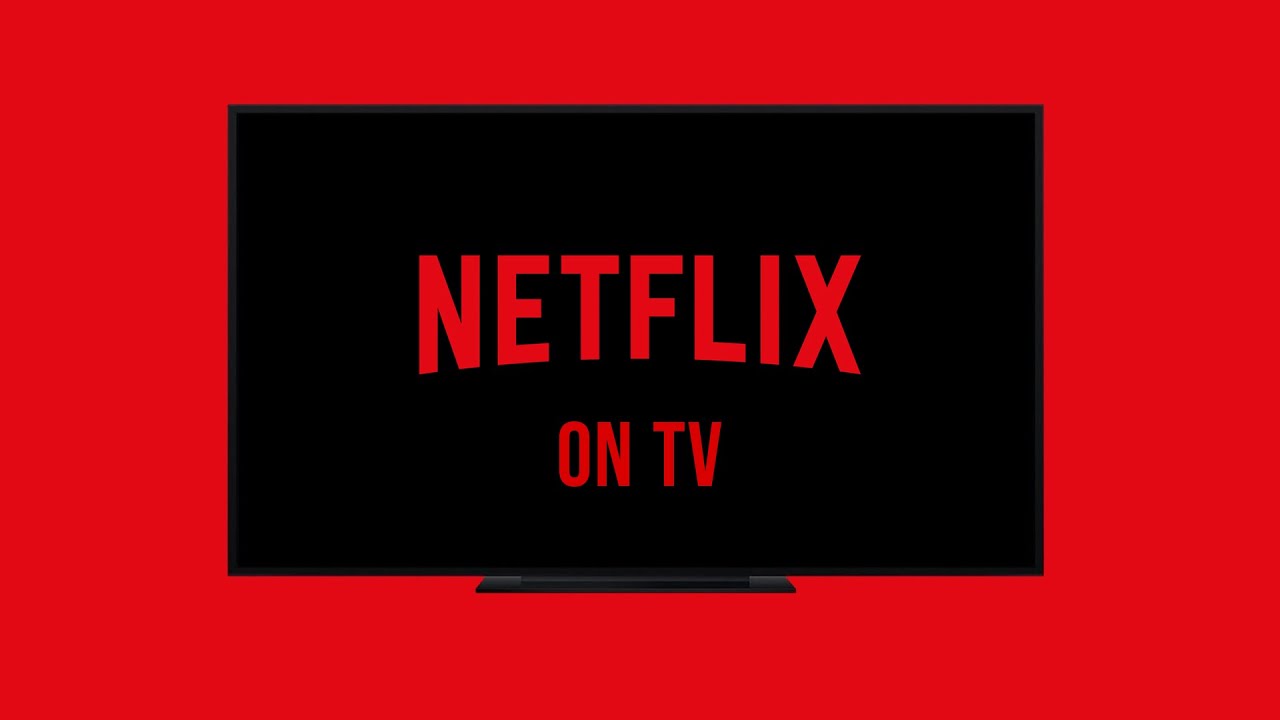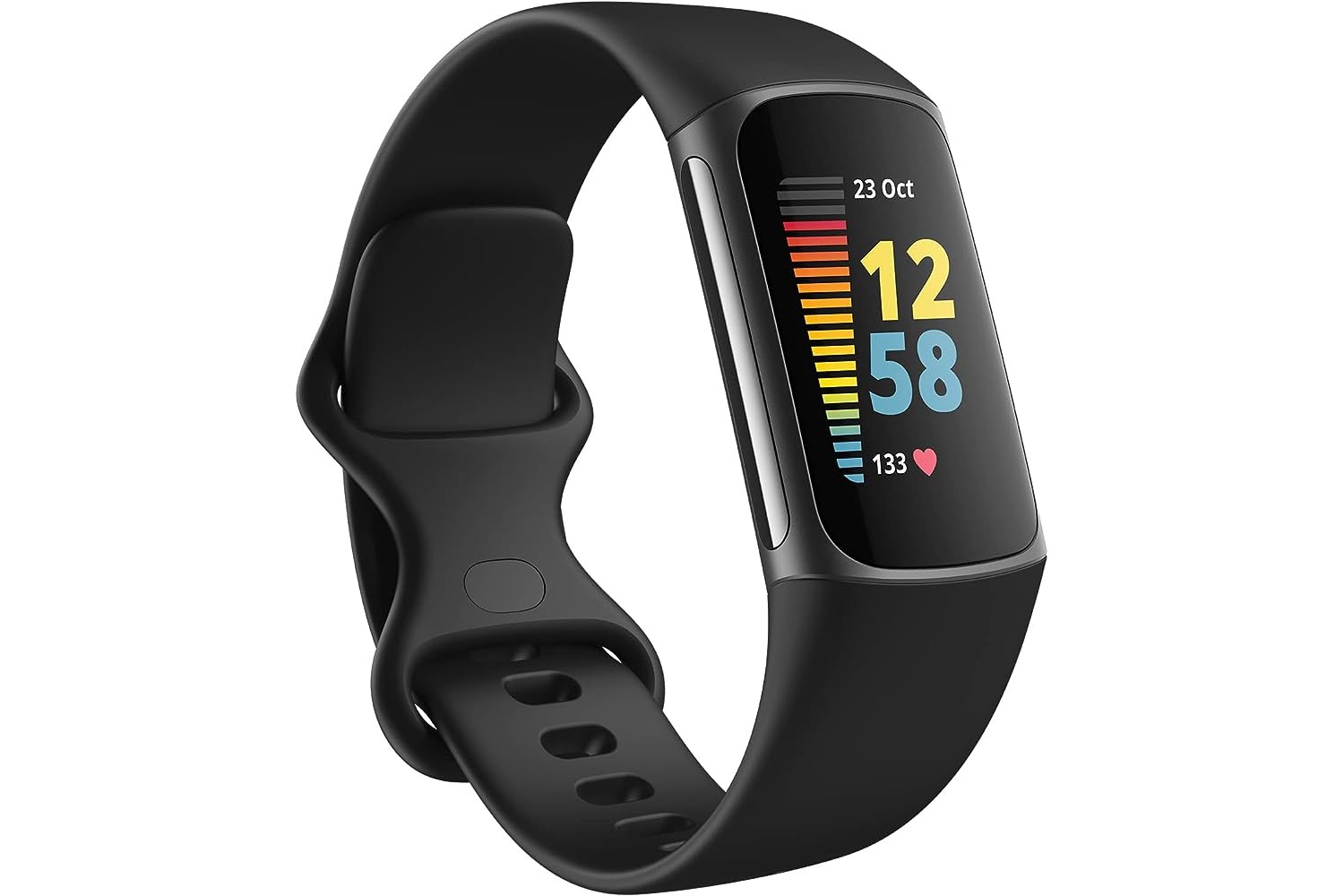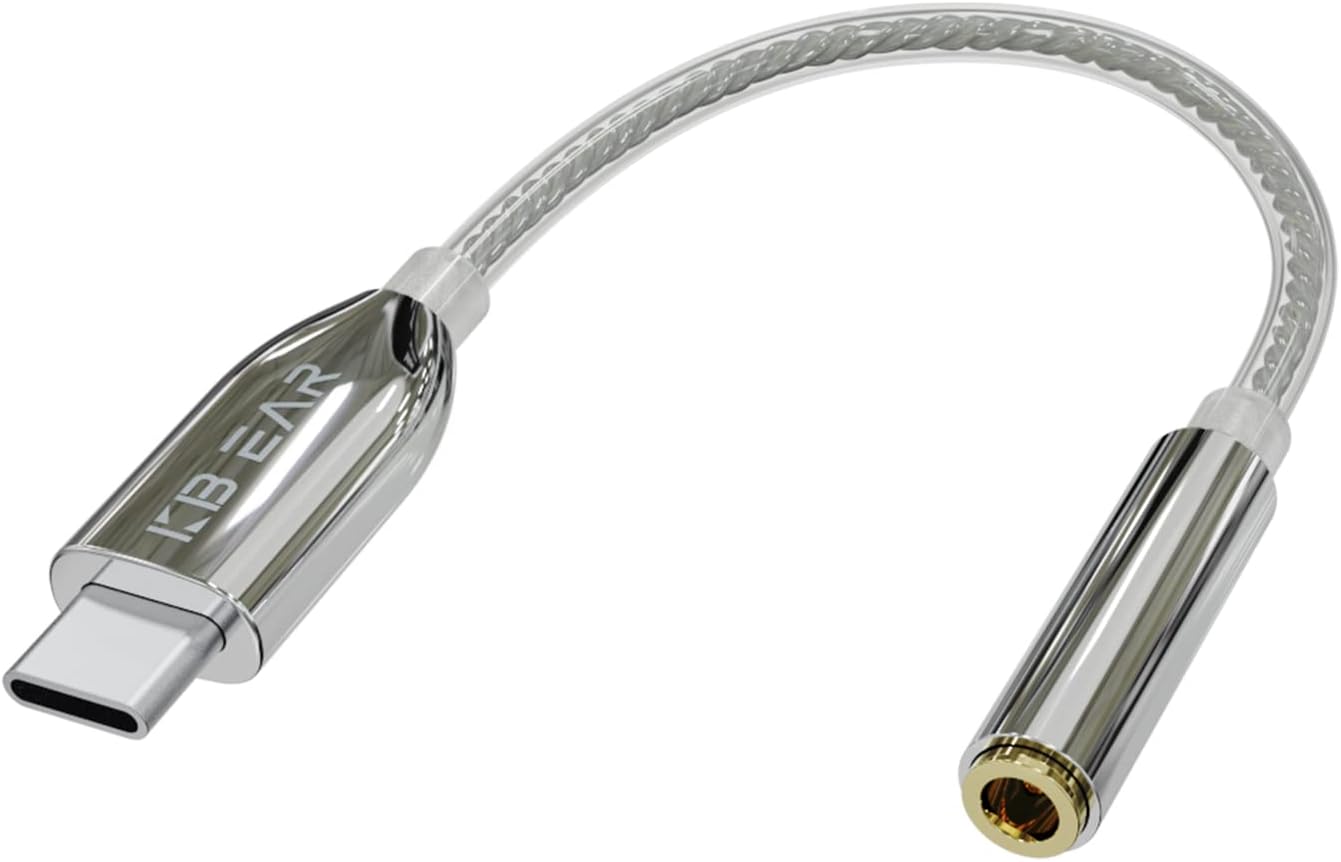Introduction
Welcome to the world of technology where connectivity is key. With the growing reliance on mobile devices, staying connected has become more important than ever. While smartphones are equipped with built-in cellular capabilities, tablets often require an additional device to access the internet. That’s where a dongle comes in handy.
A dongle, also known as a USB modem or data card, is a small device that enables internet connectivity on tablets and laptops without Wi-Fi capabilities. It’s a portable and convenient solution that allows you to access the internet on-the-go, regardless of whether you’re in a coffee shop, on a train, or in a location without Wi-Fi coverage.
In this article, we’ll explore the different types of dongles available in the market, discuss how to choose the right one for your tablet, provide step-by-step instructions on connecting the dongle to your tablet, offer tips for setting up a data connection, troubleshoot common dongle connection issues, and share some useful tips for using a dongle with your tablet.
Whether you’re a student needing internet access for research, a digital nomad who works remotely, or simply someone who wants to stay connected while traveling, using a dongle with your tablet can be a game-changer in terms of productivity and convenience.
So, let’s dive in and discover how you can make the most of this handy device and ensure a seamless internet experience on your tablet.
What is a Dongle?
A dongle is a small device that allows you to connect to the internet on your tablet or laptop using a cellular network. It is also known as a USB modem or data card. Unlike Wi-Fi, which requires a nearby router or hotspot, a dongle provides independent internet access, making it a versatile solution for those who are frequently on the move or in areas with limited Wi-Fi coverage.
Dongles are usually compact and portable, making them easy to carry in your pocket or bag. They connect to your tablet through a USB port or wirelessly via Bluetooth, providing an instant internet connection wherever you are.
These devices use cellular networks, such as 3G, 4G, or 5G, to establish an internet connection. This means that as long as you have network coverage from your service provider, you can stay connected and access the internet without relying on Wi-Fi.
One of the advantages of using a dongle is that it offers a secure connection. Unlike public Wi-Fi networks, which may have security risks, a dongle provides a private and encrypted connection, protecting your data and ensuring a safer browsing experience.
Moreover, dongles are available with various data plans, allowing you to choose the one that best suits your needs. Whether you require unlimited data for heavy online activities or a smaller data allowance for checking emails and light web browsing, there are options available to cater to different usage patterns.
In addition to providing internet access, some dongles also allow you to send and receive SMS messages, turning your tablet into a communication hub. This can be useful for business users or anyone who wants to stay in touch while on the go.
In the next section, we will explore the different types of dongles available in the market, helping you decide which one is the right fit for your tablet and internet needs.
Types of Dongles
When it comes to choosing a dongle for your tablet, it’s important to consider the different types available in the market. Each type has its own advantages and limitations. Let’s take a look at some of the common types:
- USB Dongles: USB dongles are the most common and widely used type of dongle. They connect to your tablet through a USB port and provide internet access using a cellular network. USB dongles are compact and easy to install, making them a popular choice for those who frequently switch between devices.
- Mobile Wi-Fi Dongles: Mobile Wi-Fi dongles, also known as Mi-Fi devices, act as a portable Wi-Fi hotspot. They create a Wi-Fi network that you can connect your tablet to, providing internet access using a cellular connection. Mobile Wi-Fi dongles allow multiple devices to connect simultaneously, making them a convenient option for sharing internet access with others.
- Embedded/SIM Card Dongles: Some tablets come with built-in cellular capabilities, allowing you to insert a SIM card directly into the device. These embedded dongles eliminate the need for an external device and provide seamless internet connectivity. However, they are often more expensive than external dongles and may have limitations in terms of network compatibility.
When choosing a dongle, it’s essential to consider factors such as network coverage, data plans, and compatibility with your tablet. Different service providers may offer varying network coverage in different areas, so it’s important to check coverage maps before selecting a dongle. Additionally, consider your internet usage and choose a data plan that suits your needs.
Now that you have an understanding of the types of dongles available, let’s discuss how to choose the right dongle for your tablet in the next section.
Choosing the Right Dongle for Your Tablet
When selecting a dongle for your tablet, there are several factors to consider to ensure compatibility and optimal performance. Here are some key points to keep in mind:
- Network Compatibility: Ensure that the dongle you choose is compatible with the network bands supported by your tablet and the service provider in your area. Different regions may have different network frequencies, so check the specifications of both your tablet and the dongle to ensure they are compatible.
- Data Plans: Consider your internet usage requirements and choose a dongle that offers data plans suitable for your needs. If you use a lot of data for streaming, gaming, or downloading, opt for higher data allowances. On the other hand, if you primarily use the internet for email and web browsing, a smaller data plan may suffice.
- Service Provider: Research different service providers available in your area and compare their offerings. Determine which provider has the best coverage in the locations where you will be using the dongle most frequently. Additionally, read reviews about the service provider’s reliability and customer support to ensure you have a smooth experience.
- Speed and Technology: Look for dongles that support the latest cellular technologies like 4G or 5G for faster and more stable internet connections. The speed capabilities of the dongle will impact your browsing experience, especially for activities that require high bandwidth.
- Portability: Consider the size and portability of the dongle, especially if you plan to use it while traveling. Compact and lightweight dongles are easier to carry and require less space in your bag or pocket.
- Battery Life: If you opt for a mobile Wi-Fi dongle, check the battery life of the device. Longer battery life ensures that you can stay connected without the need for frequent recharging, especially during extended periods away from power outlets.
Take the time to research and compare different dongle options before making a purchase. Read customer reviews, check specifications, and consider your specific needs and budget. Choosing the right dongle for your tablet will ensure a seamless and reliable internet experience, no matter where you are.
Connecting the Dongle to Your Tablet
Once you have chosen the right dongle for your tablet, it’s time to connect them together and start enjoying internet access on the go. Here are the steps to connect the dongle to your tablet:
- Prepare Your Tablet: Ensure that your tablet is powered on and has sufficient battery life. Unlock your tablet, if necessary, to access the settings and make changes.
- Insert the Dongle: If you’re using a USB dongle, locate the USB port on your tablet and plug the dongle into it. Make sure it is securely connected.
- Driver Installation: In some cases, your tablet may automatically recognize and install the necessary drivers for the dongle. If not, you might need to install the drivers manually. Follow the instructions provided with your dongle or visit the manufacturer’s website to download and install the required drivers.
- Network Settings: Open the settings menu on your tablet and navigate to the network or connectivity settings. Look for options related to mobile or cellular networks.
- Enable Mobile Data: Enable the option for mobile data or cellular data on your tablet. This will allow your tablet to utilize the internet connection provided by the dongle.
- Select Network: Once mobile data is enabled, your tablet will scan for available networks. Select the network associated with your dongle from the list. It may be named after your service provider.
- Connect and Authenticate: After selecting the network, your tablet might prompt you to enter a PIN or password for authentication. Follow the on-screen instructions and provide the necessary details to authenticate the connection.
- Establish Connection: Once the authentication process is complete, your tablet will attempt to establish a connection with the dongle. This may take a few moments. Once connected, you should see the signal strength or network icon indicating the successful connection.
Once the dongle is connected and the internet is accessible on your tablet, you can start browsing the web, using apps, or accessing online content just as you would on a Wi-Fi connected device.
If you encounter any issues during the connection process, refer to the user manual of your tablet or dongle for troubleshooting steps. Restarting your tablet, reinserting the dongle, or contacting customer support for assistance are some common troubleshooting steps to try.
Now that your dongle is successfully connected to your tablet, you can enjoy internet connectivity wherever you go.
Setting Up Data Connection
After connecting your dongle to your tablet, the next step is to set up the data connection. This will allow you to access the internet and use various online services. Here’s how you can set up the data connection:
- Confirm Network Settings: Ensure that your tablet is configured to use the data connection from the dongle. Go to the network or connectivity settings on your tablet and verify that the mobile data or cellular data option is enabled.
- Check Data Usage: Monitor your data usage to avoid unexpected charges or exceeding your data plan. Many tablets offer built-in data usage tracking tools that allow you to keep tabs on your data consumption. Set data usage alerts or limits to help you manage your usage effectively.
- Manage Data Roaming: If you plan to use the dongle while traveling internationally, be aware of data roaming charges. Check with your service provider about international data roaming options and associated costs. You can usually enable or disable data roaming in your tablet’s settings to control your usage and avoid excessive charges.
- Configure APN Settings: APN stands for Access Point Name. It’s a unique gateway that connects your tablet to the internet through the cellular network. In some cases, you might need to manually configure the APN settings for your dongle. Contact your service provider or refer to the dongle’s user manual for the correct APN settings. Input the APN details in the appropriate settings field on your tablet.
- Test the Connection: Once you have configured the necessary settings, test the data connection by opening a web browser or launching an app that requires internet access. Ensure that you can browse websites and perform basic online tasks to confirm that the data connection is working properly.
- Configure Wi-Fi Settings (Optional): Some dongles, particularly mobile Wi-Fi dongles, can also function as Wi-Fi hotspots. If your dongle offers this feature, you can configure the Wi-Fi settings to create a local Wi-Fi network and connect other devices to it. This is useful if you want to share the dongle’s internet connection with other devices in your vicinity.
By following these steps, you can set up the data connection on your tablet and start enjoying seamless and reliable internet access through your dongle. If you encounter any issues or have questions about specific settings, reach out to your service provider’s customer support for assistance.
Now that your data connection is set up, you can explore the online world and make the most of your internet access on your tablet.
Troubleshooting Dongle Connection Issues
While connecting a dongle to your tablet is usually a straightforward process, there may be instances where you encounter connection issues. Here are some common troubleshooting steps you can take to resolve dongle connection problems:
- Check Physical Connection: Ensure that the dongle is securely connected to your tablet’s USB port or that it is properly inserted if it’s an embedded or SIM card dongle. Sometimes, a loose connection can cause connection problems.
- Restart the Device: Try restarting both your tablet and the dongle. This can help reset any temporary software or network glitches that may be causing the connection issue.
- Update Drivers or Firmware: Check for any available driver or firmware updates for your dongle and tablet. Outdated software can sometimes cause compatibility issues or performance problems. Visit the manufacturer’s website or consult the user manual for instructions on updating the drivers or firmware.
- Check Network Coverage: Ensure that you are in an area with adequate network coverage from your service provider. Weak or low signal strength can affect the reliability of your dongle’s connection. Try moving to a different location or contacting your service provider for assistance.
- Double-Check APN Settings: If you are encountering connection issues after manually configuring the APN settings, double-check the settings to make sure they are correct. Ensure that you have entered the correct APN details provided by your service provider.
- Disable Data Roaming: If you are experiencing connection problems while traveling internationally, consider disabling data roaming temporarily. Some devices may have difficulties connecting to networks in different regions or countries. By disabling data roaming, you can limit the device’s search for networks and troubleshoot the issue.
- Try a Different USB Port: If you are using a USB dongle, try connecting it to a different USB port on your tablet. Sometimes, specific ports may have issues while others work fine. This can help determine if the issue lies with a specific port or the dongle itself.
- Contact Customer Support: If you have tried the above steps and are still experiencing connection problems, reach out to your service provider’s customer support. They can assist you in troubleshooting the issue and provide further guidance or escalate the problem if necessary.
By following these troubleshooting steps, you can often resolve common dongle connection issues and restore a stable internet connection on your tablet. If the problem persists, it may be a hardware or network-related issue that requires further assistance from your service provider or the dongle manufacturer.
Remember, staying patient and methodical in the troubleshooting process will help you identify and resolve any connection problems, allowing you to make the most of your dongle’s internet capabilities.
Tips for Using Dongle with Your Tablet
Using a dongle with your tablet can greatly enhance your internet access on the go. To make the most out of this setup, here are some tips to keep in mind:
- Monitor Your Data Usage: Keep track of your data usage to avoid exceeding your data plan or incurring extra charges. Use built-in data monitoring tools or install third-party apps to keep tabs on your usage.
- Connect to Secure Networks: When using your dongle in public places, be cautious when connecting to unknown or unsecured networks. Stick to trusted networks or use a virtual private network (VPN) for added security.
- Optimize Signal Strength: Place your dongle in an area where it can receive the strongest signal. Consider using a USB extension cable to adjust the location and orientation of the dongle for better reception.
- Keep the Dongle and Tablet Updated: Regularly check for firmware or software updates for both your dongle and tablet. Updates often include bug fixes, security patches, and performance improvements.
- Secure your Dongle: If your dongle is removable, be sure to keep it in a safe place when not in use. Protect it from physical damage and ensure that it is stored securely to avoid loss or theft.
- Carry a Power Bank: To ensure uninterrupted internet access, carry a portable power bank to charge your tablet and dongle when you’re on the go. This ensures that you have power for both devices, even when electrical outlets are unavailable.
- Backup Important Data: If you rely heavily on your dongle for work or important online activities, consider backing up your essential data regularly. This ensures that your important files and documents are safe in case of any unforeseen circumstances.
- Experiment with Different Providers: If you’re not satisfied with the performance or coverage of your current provider, consider trying different service providers. Different providers might offer better coverage or data plans that better suit your needs.
- Consider Data Rollover Plans: Some service providers offer data rollover plans, which allow you to carry over unused data from one month to the next. If you don’t fully utilize your data allowance each month, this can be a beneficial option to maximize your data usage.
- Share Internet Connection: If you have a mobile Wi-Fi dongle, you can share your internet connection with other devices, such as laptops, smartphones, and other tablets. This can be useful when traveling with others or when you need to connect multiple devices simultaneously.
By following these tips, you can optimize your dongle usage, ensure a reliable internet connection, and make the most of your tablet’s capabilities. Embrace the flexibility and convenience of a dongle to stay connected wherever you go.
Conclusion
The versatility and convenience of using a dongle with your tablet provide you with the freedom to stay connected to the internet wherever you go. With the ability to access cellular networks, you can bypass the need for Wi-Fi and enjoy reliable internet access on the move.
In this article, we explored the concept of dongles and discussed the different types available, including USB dongles, mobile Wi-Fi dongles, and embedded/SIM card dongles. We also provided insights on choosing the right dongle for your tablet based on factors such as network compatibility, data plans, and portability.
We then delved into the step-by-step process of connecting a dongle to your tablet, ensuring a seamless connection with your device. We also discussed how to set up the data connection and troubleshoot common issues that may arise.
To help you make the most of your dongle and tablet setup, we shared some valuable tips, including monitoring data usage, optimizing signal strength, keeping devices updated, and considering data rollover plans. These tips aim to enhance your internet experience, improve security, and maximize the benefits of using a dongle.
Remember, using a dongle with your tablet empowers you with the ability to access the internet wherever you are, providing you with endless possibilities for work, leisure, and staying connected with loved ones. Embrace this technology and enjoy the freedom of being online on your terms.
So, whether you’re a student studying in a coffee shop, a digital nomad working remotely, or simply someone who values staying connected while on the go, integrating a dongle with your tablet is a game-changer in terms of productivity, convenience, and internet accessibility.
Get ready to explore the world wide web and make the most of your internet experience with your dongle and tablet companion.







